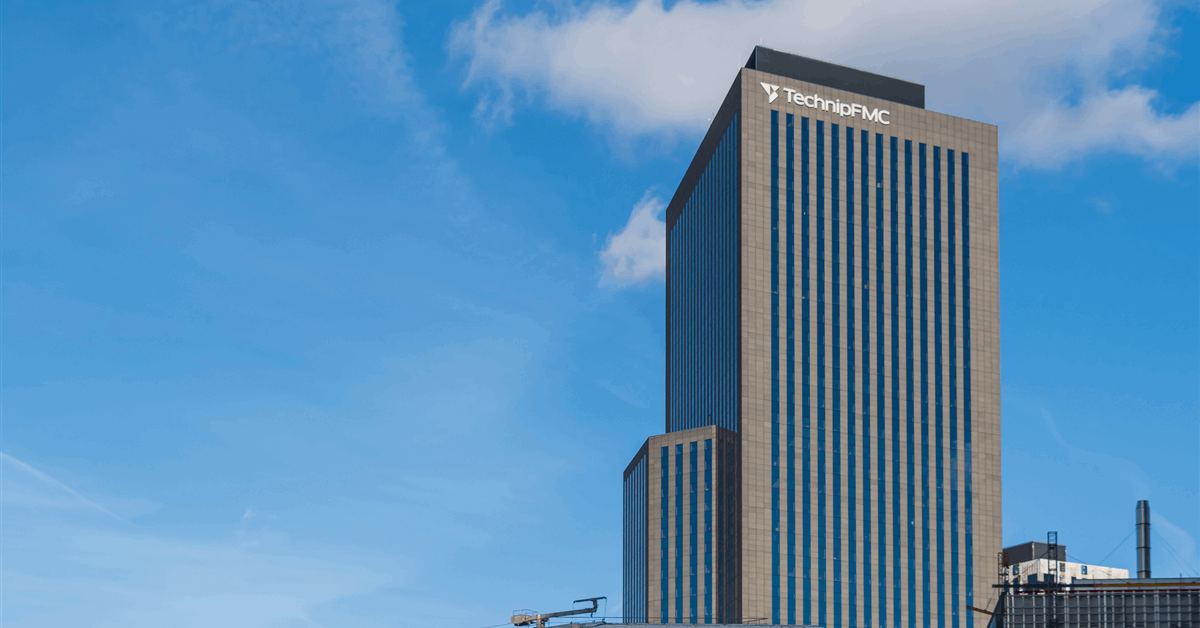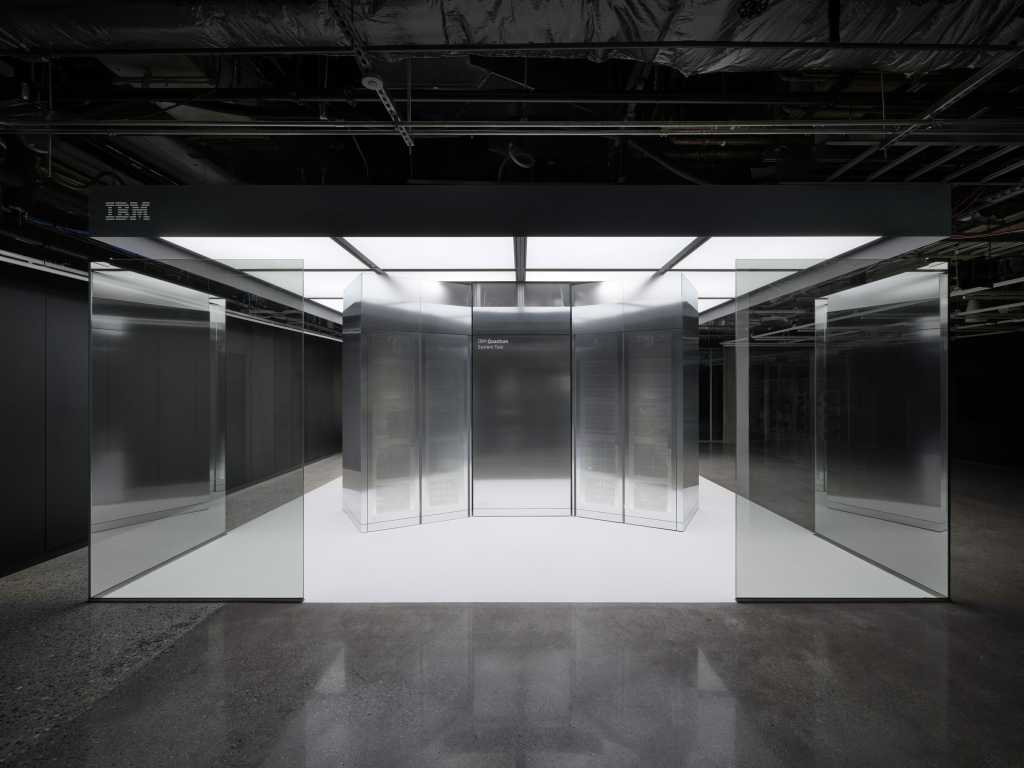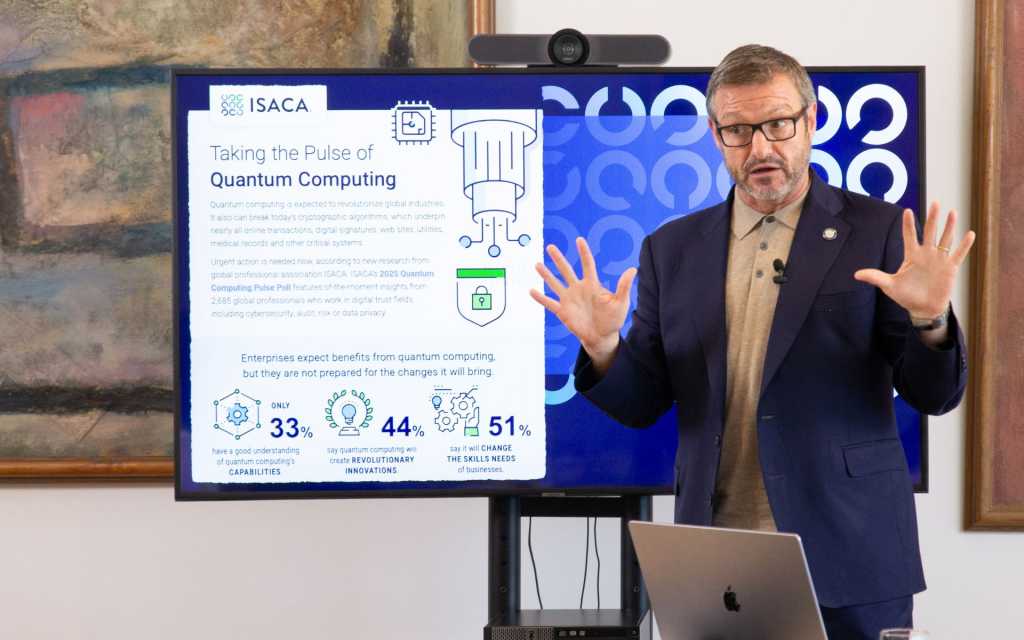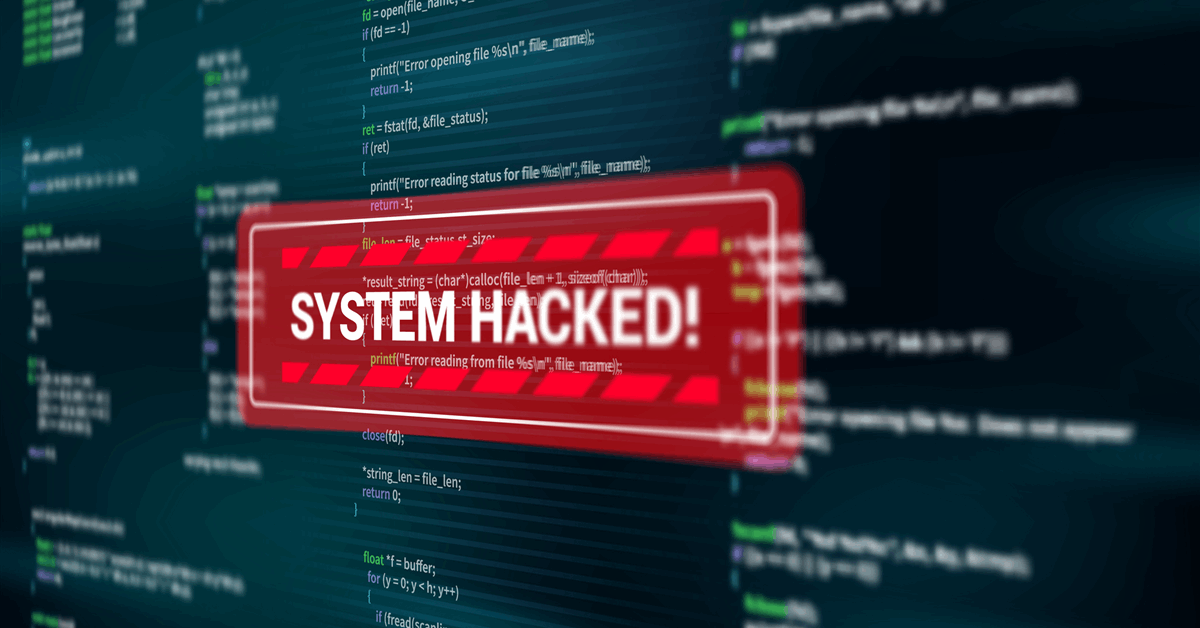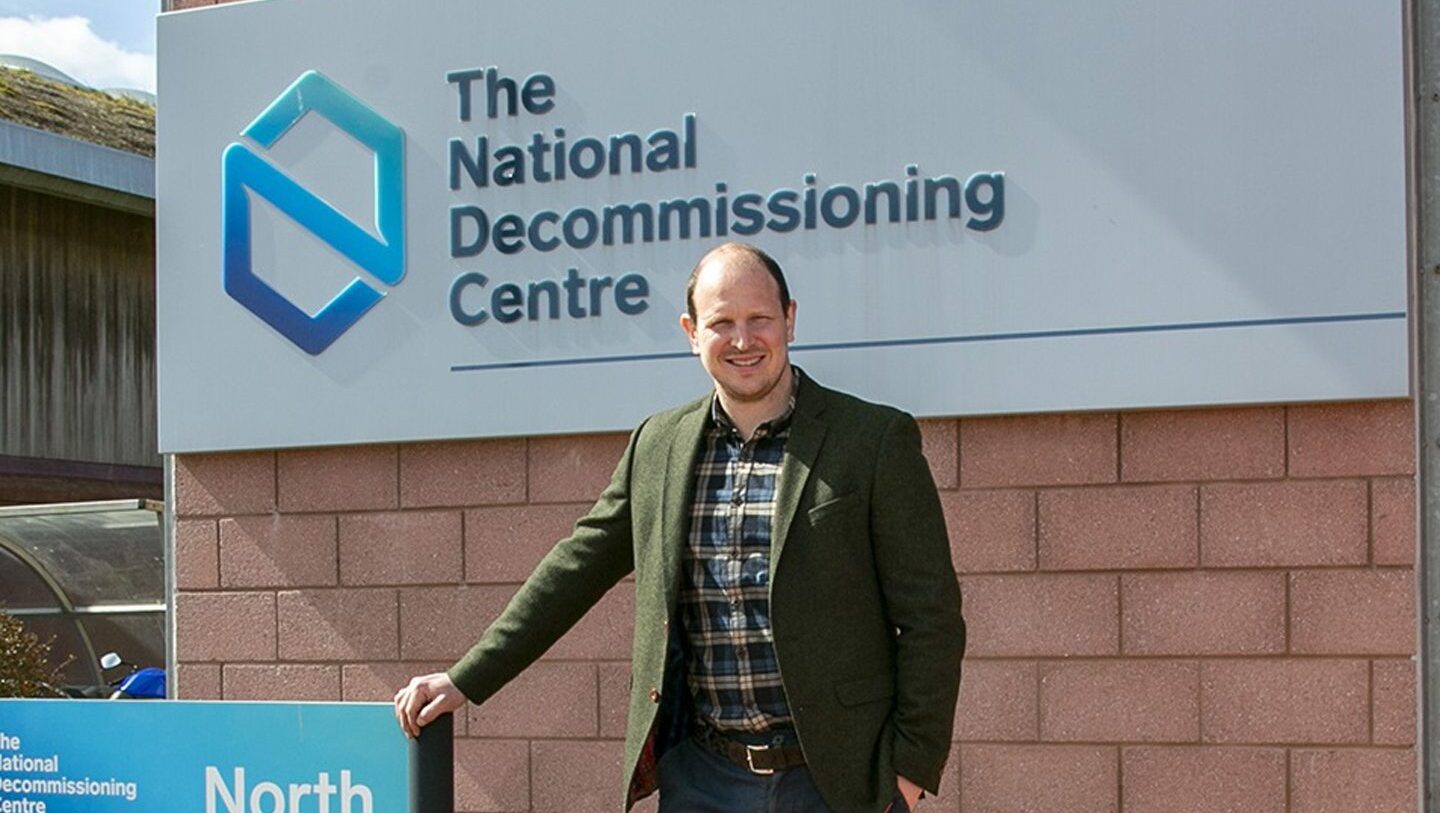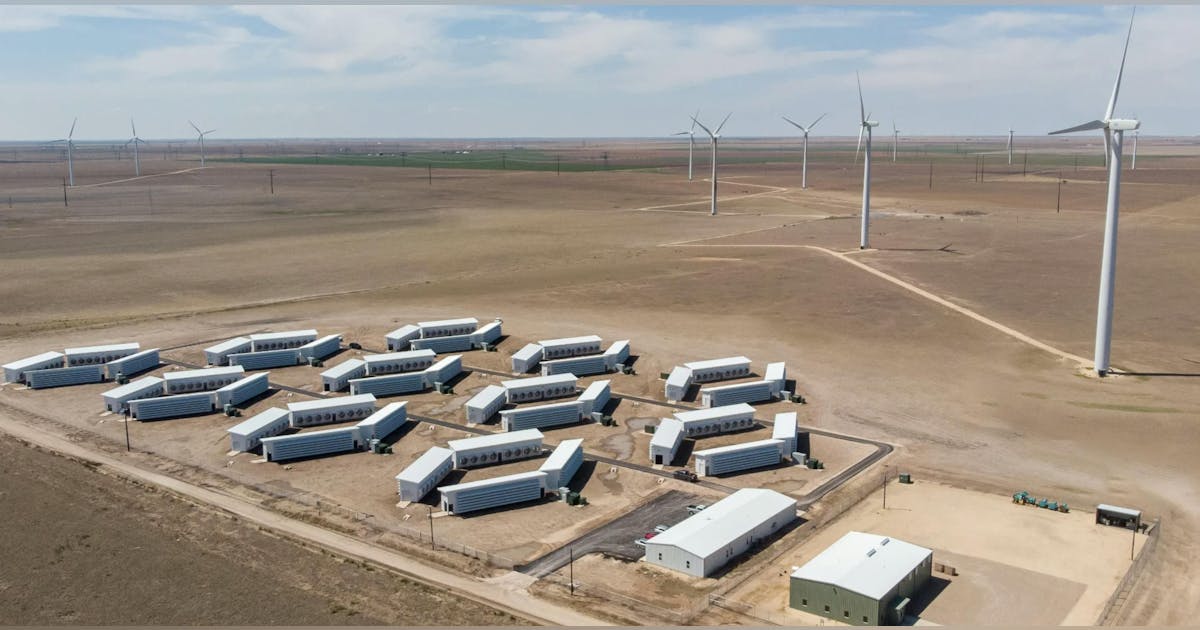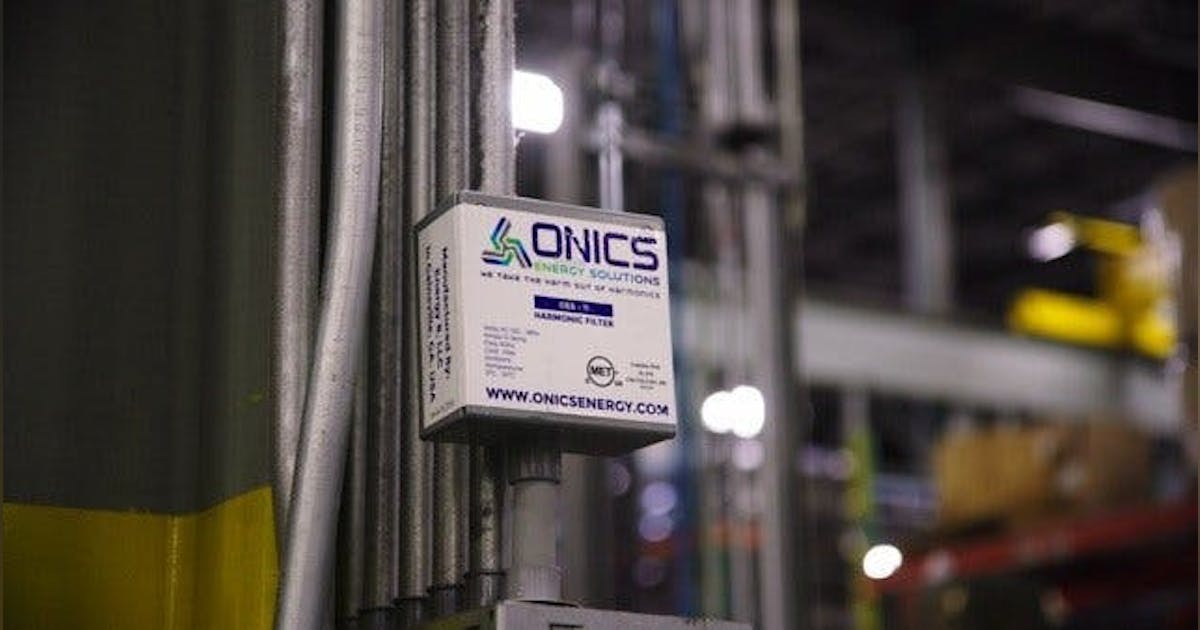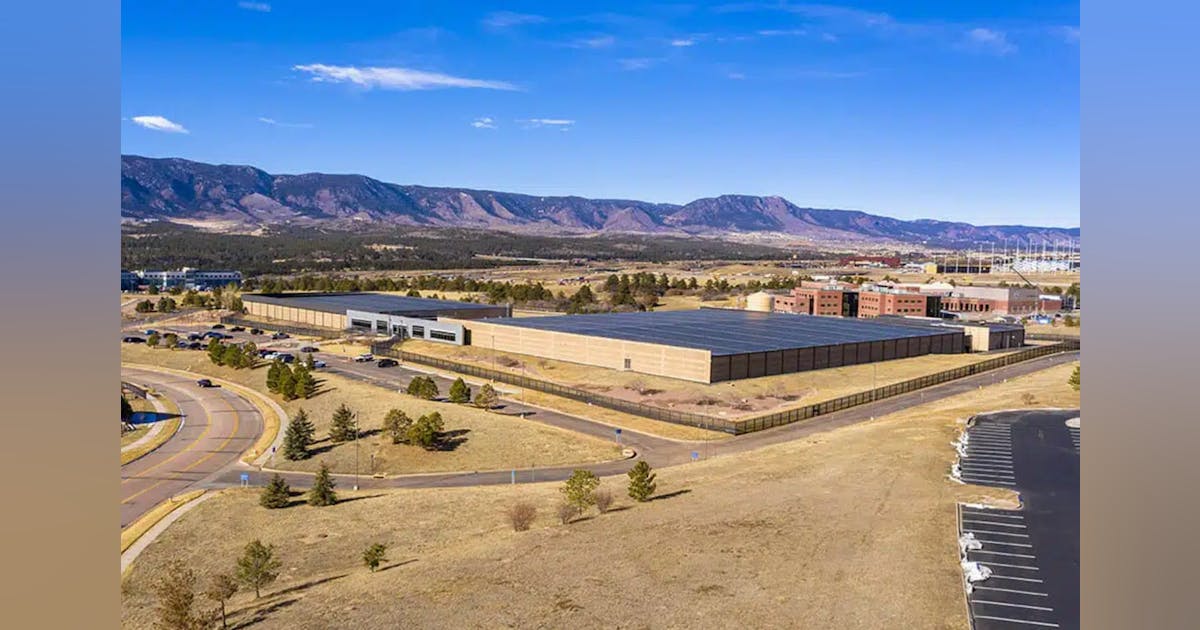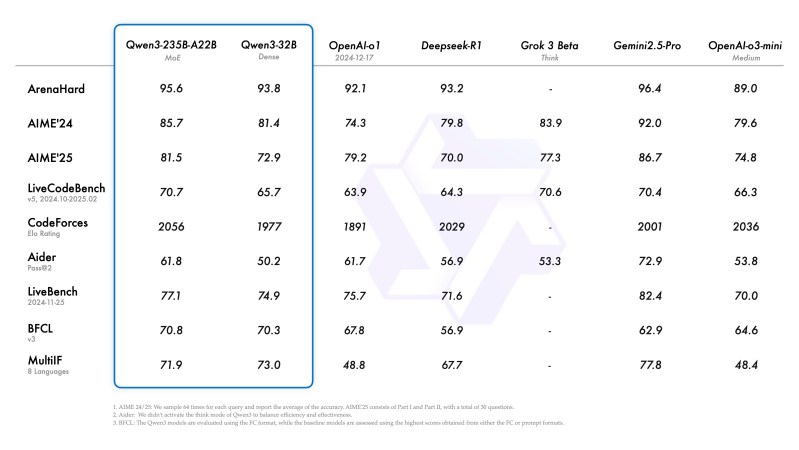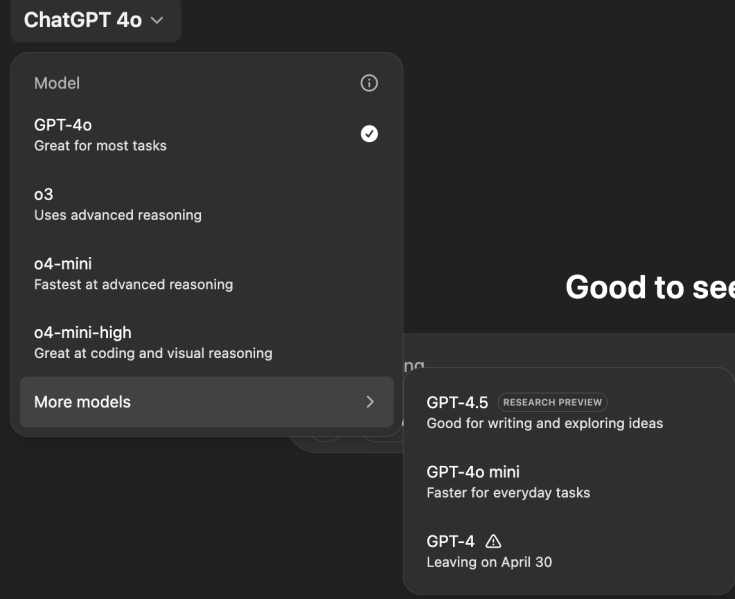
WARSAW, POLAND— U.S. Energy Secretary Chris Wright delivered keynote remarks today at the Inaugural Session of the Three Seas Business Forum.
Secretary Wright’s full remarks from the Three Seas Business Forum are below:
It is a great honor to stand here before you all at the 2025 Three Seas. A truly visionary idea from 10 years ago to unite the proud Central European nations in building infrastructure and investment in pursuit of opportunity and prosperity.
Eight years ago, President Trump addressed the Three Seas right here in Poland and I will quote his words: “We support your drive for greater prosperity and security. We applaud your initiative to expand infrastructure. And we welcome this historic opportunity to deepen our economic partnership with your region.”
I can’t top those words, but I can reiterate them today. The United States stands here in partnership with all of you. We seek to work with you all for much betterment via energy, economic and strategic cooperation.
President Trump’s agenda is simple: Prosperity at home and peace abroad. He was elected by the American people to bring back commonsense to Washington and focus on bettering the lives of our citizens and our allies. I am in a room full of allies. Thank you all for that.
I thank Poland for hosting this fabulous conference and for inviting me to attend. I thank Poland and its people for its steadfast alliance with the United States that began with our Revolutionary War and continues today, as evidenced by our growing cooperation in LNG and our large-scale partnership in nuclear energy that was highlighted earlier today with a signing ceremony and press conference.
This nuclear partnership is strategic and long-lasting. It will grow and scale as we jointly pursue expansions of nuclear deployment in Poland and other countries. I am here to celebrate this emerging nuclear partnership between the United States and Poland, made possible through the tireless efforts of President Duda and Prime Minister Tusk.
Partnership in energy, if chosen wisely, tends to be very long lasting. The U.S. nuclear relationship with Poland will tightly bind our nations through the next century. I will come back to natural gas and nuclear at the end of my words.
This visit is personal to me. I love the Three Seas nations. You have faced grave geopolitical challenges throughout history and have always faced them with courageous resolve.
I traveled on my own to Czechoslovakia — yes, that was a country then — and Hungary in 1987. I saw a people struggling under an external yoke and stymied in their pursuit of freedom and prosperity. Yet, I also saw unbowed commitment to our universal values and a yearning for freedom. I engaged in hushed conversations with those that I met. I left with the conclusion that surely this externally imposed suppression cannot last forever.
Little did I realize then that it would all come crashing down only two and half years later. Amen. A fork in the road arrived and Central Europe chose freedom and prosperity.
As a lifelong energy entrepreneur, please allow me to be blunt regarding another fork in the road. This is a “time for choosing”, to quote the late, great President Ronald Reagan.
After the Global Financial Crisis 15 years ago, the major nations of Western Europe — not Central Europe — choose one side of a fork in the road and the U.S. chose the other side. On one side is energy for the sake of human flourishing. Energy that is abundant, secure, affordable and reliable. Energy that comes from innovation and choice.
This is the road to economic growth, advancing the interests of our citizens and securing the economic and national security of our nations. A simple realization that energy’s true purpose is to better human lives. Full stop.
I testified in the British House of Lords more than a decade ago, urging the U.K. to choose our side of the fork. I failed.
The other side of the fork deprives citizens, consumers of choice. It is top-down imposition of mandates for the energy system. This top-down imposition of enforced “climate policies” is justified as necessary to save the world from climate change.
Might the causation actually run in the opposite direction? Could it be instead that a desire to grow centralization and re-establish top-down control is best served by climate alarmism? Is it the chicken or the egg? I don’t know.
But I can say that climate alarmism has clearly reduced energy freedom, and, hence, prosperity and national security across Western Europe. Let me say that again. Climate alarmism has reduced freedom, prosperity, and national security.
On the other hand, top-down diktats have not been successful in reducing global greenhouse gas emissions. They have indeed reduced local Western European greenhouse gas emissions. Europe, however, represents only 8% of global emissions and this impoverishing energy model is unlikely to spread globally because the emissions reductions are mainly due to two highly undesirable factors:
First, as Germany and the U.K. have both illustrated, an expensive and unreliable energy system drives industry and economic activity out of national borders and towards other nations with more rational energy policies. Moving industry from your nation and to another nation. Is that success? I suggest it is not.
Second, we have seen that more expensive energy imposes on citizens an economic necessity to reduce energy consumption and shrink families spending power, which limits a nation’s citizens’ pursuit of hopes and dreams.
Germany has more than doubled its electricity generation capacity over the last 15 years, yet German electricity production today is 20% below where it was 15 years ago. And each unit of electricity has tripled in cost. Is that success?
Let me illustrate my point via a macroeconomic comparison of the EU and the U.S. over the last 15 years since the fork in the road.
In 2010, the U.S. and the EU each represented roughly 25% of global consumption. Today, U.S. consumption has risen to 28% of global consumption and EU consumption has declined to only 18% in dollar terms. This data is from 2023, but I have not seen any recent reversal of this trend.
Surely many things are responsible for this dramatic divergence. It is my belief that diverging energy pathways has been the largest driver of economic outcomes. Affordable, reliable, secure energy is essential to economic prosperity and national security.
The previous U.S. administration worked hard to move the United States onto that same fork. The fork with mandated, top-down, expensive, unreliable energy that would drive de-industrialization of America. The American people rejected this pathway after seeing the ruinous toll that lay down that road. Instead, they re-elected President Trump to bring back freedom and prosperity.
Before I conclude let me say a few more words about climate change. I have been engaged in the climate discussion for over 20 years, mostly in the areas of physical science and economics.
Unfortunately, most of the climate action we hear today in the media has been in the politics and social science areas of climate change. I urge a little more focus on the science and economics. I believe that might help drive a more balanced and beneficial approach.
While climate change is a real physical phenomenon, nothing in the data indicates that climate change is even close to the world’s most urgent problem. In fact, the clarion conclusion from economic studies of climate change is that Net Zero 2050 is absolutely the wrong goal. Not only is it unachievable, but the blind pursuit of it will cause, is causing, far more human damage than climate change itself.
Over two billion people today still lack access to basic energy services like clean cooking fuels. Millions annually die from indoor air pollution from burning wood and dung indoors. More than half of humanity is still living their lives in hand washed cloths still not utilizing the enormous time-saving and women-liberating benefits of washing machines.
Today, folks struggling to pay their bills while aspiring to live highly energized lifestyles like you and I is a far bigger global challenge than climate change. Energy access is far too important to get wrong.
Only a billion people live the highly energized lifestyles of the people in this room traveling to conferences, having custom controls on our temperatures, turning off our cooking stoves when we want, driving around in motorized transport or riding in motorized transport. Seven billion people only aspire to what we have. Fulfilling their energy aspirations is the energy challenge of our time.
For my friends tightly focused on climate change, no nation has reduced greenhouse gas emissions more than the United States. While the U.S. gets a little more than 80% of our energy from hydrocarbons, Germany still gets 74%. A little difference. Not a lot. Although the difference in human opportunity through energy cost and availability is a lot.
It turns out to be very hard to transform energy systems. Decarbonization will likely take generations. Only time and innovation will deliver the low-carbon affordable, reliable secure energy that will gain widespread adoption.
The two biggest “climate solutions” in the coming decades are the same as they were in the last two decades, natural gas and nuclear, for the simple reason that they work. They supply affordable, reliable, secure energy.
Central Europe faces a time for choosing. You all have a long history of choosing freedom and sovereignty for your citizens.
We warmly welcome you to join us on Team Energy Freedom and prosperity for citizens. President Trump’s agenda of prosperity at home and peace abroad is a team sport! God bless you all.
###

